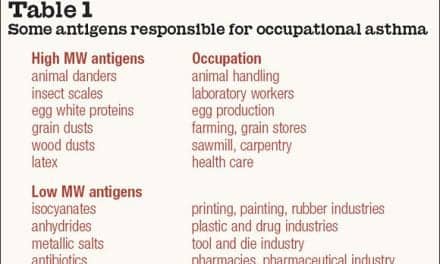The majority of the multidrug resistant (MDR) tuberculosis (TB) burden falls on the shoulders of China and former Soviet states, according to the fourth round of data from the Global Project on Anti-Tuberculosis Drug Resistance. The data shows numbers of MDR TB cases in these areas are drastically higher than in high-income countries. The findings are reported in an article published online in The Lancet.
"Data from our global survey show regional and national variation in the magnitude and trends in drug-resistant TB. Countries of the former Soviet Union, followed by some provinces of China, reported the highest prevalence of resistance, while the eastern Mediterranean region and Southeast Asia reported prevalence of resistance on par with estimated global averages,” write the authors.
“The data presented here show that of the half-million MDR-TB cases estimated to have emerged in 2006, 50% were in India and China alone, and 27 countries account for 86% of the world’s MDR-TB burden. The countries of the former Soviet Union are facing a serious and widespread epidemic with the highest prevalence of MDR-TB ever reported in 13 years of global data collection," add the authors.
Data from over 90,000 patients in 83 countries and territories between 2002 and 2007 was included in the study. A standardized collection of the results allowed comparison of data among and within countries. Data for HIV status and cases of extensively-drug resistant (XDR) TB were also collected where possible.
The median prevalence of resistance to any drug was 11% (one in nine cases) for new cases of TB. The prevalence of MDR-TB ranged from 0% in eight countries (mostly very small nations) to 7% in two provinces in China, and between 7% and 22% in nine countries of the former Soviet Union. The prevalence of MDR-TB among new TB cases was much lower in high-income countries (France 1%, Germany 2%, UK, Netherlands, New Zealand all <1%).
Trend analysis showed that, between 1994 and 2007, the prevalence of MDR in new TB cases increased substantially in South Korea (1.6% in 1994 to 2.7% in 2004) and in Tomsk Oblast (6.5% in 1999 to 15.0% in 2005) and Orel Oblast (2.6% in 2002 to 8.8% in 2006), Russia. The prevalence of MDR-TB in all TB cases decreased in Hong Kong (2.6% in 1996 to 0.9% in 2005) and the United States (2.4% in 1994 to 1.2% in 2005).
In high-income countries the prevalence of MDR among all TB cases was 1%. Eastern Europe had the highest prevalence at 19%, while Latin America had 3%, Africa had 2%, and Southeast Asia had 4%.







